What Are Dabs Weed? Understanding Concentrates

Many people are curious about dabs but don't know where to start. Dabs are highly concentrated forms of marijuana that pack a powerful punch. This article will explore what dabs are, how they're made, and the risks involved, guiding you through the world of marijuana concentrates.
Let's dive in.
Key Takeaways
- Dabs are concentrated forms of cannabis made by extracting THC and other cannabinoids using solvents like butane or CO2, resulting in products such as wax, shatter, and oil with much higher potency than traditional marijuana.
- Making dabs involves several steps including grinding the cannabis, mixing it with a solvent, filtering out plant material, and removing the solvent to leave behind a concentrated substance. Different types include shatter, wax, crumble, budder, and live resin.
- Dabbing poses safety concerns due to the use of highly flammable solvents in extraction. Health risks include lung irritation and potential respiratory issues from inhaling concentrated doses. There's also a risk of addiction due to the high levels of THC.
- Safety precautions for dabbing include using quality equipment, ensuring proper ventilation to avoid harmful fumes, keeping flammable substances safely stored away from heat sources during use, and storing concentrates securely out of reach from children or pets.
- Seeking help for dabbing addiction is important. Treatment options can involve counseling or therapy to address underlying issues leading to dependency on marijuana concentrates; engaging in support groups; exploring medical treatment tailored specifically for addiction recovery; participating in detoxification programs; and benefiting from outpatient care that offers flexible treatment schedules while focusing on relapse prevention strategies.
What is a Marijuana Dab?

A marijuana dab is a highly concentrated cannabis extract that can be smoked, vaporized, or ingested. It is made by extracting THC and other cannabinoids from the plant using solvents such as butane, CO2, or ethanol.
Different types of cannabis dabs include shatter, wax, and oil.
Definition

A dab refers to a concentrated form of cannabis. Makers extract it by using solvents like butane or carbon dioxide to pull out cannabinoids such as THC and CBD from the plant material.
This process creates products with much higher potency than traditional smoking flowers.
Dabs come in various forms, including wax, shatter, and BHO (Butane Hash Oil). These concentrates deliver a powerful dose of THC, promising an intense experience for users. To understand how these potent products are made, let's dive into their production processes next.
How it is made

To make marijuana dabs, cannabis is processed using a solvent to extract the cannabinoids. The process involves:
- Grounding up the cannabis buds into a fine consistency.
- Placing the ground material in a container and covering it with a chosen solvent such as butane or ethanol.
- Agitating the mixture to encourage the cannabinoids to dissolve in the solvent.
- Filtering the mixture to remove plant material, leaving behind a liquid solution.
- Purging the solvent from the liquid solution through evaporation or vacuum processes, leaving behind a concentrated substance rich in cannabinoids.
Different types of cannabis dabs

Types of cannabis dabs include:
- Shatter: A translucent concentrate with high THC content.
- Wax: Soft and opaque, with a consistency like candle wax.
- Crumble: Brittle and easy to break apart, often resembling feta cheese.
- Budder: Smooth and creamy, similar to peanut butter in texture.
- Live resin: Made from freshly harvested cannabis plants, preserving more terpenes than other dabs.
Dangers and Risks of Dabbing

Dabbing poses safety concerns due to the use of highly flammable solvents in the extraction process. Health risks include potential lung irritation and respiratory issues from inhaling concentrated doses of cannabis.
Safety precautions

To stay safe while dabbing, follow these tips:
- Use quality equipment to minimize the risk of accidents.
- Ensure proper ventilation when using concentrates to avoid inhaling harmful fumes.
- Keep flammable substances away from heat sources during the dabbing process.
- Store cannabis concentrates securely and out of reach of children or pets.
- Stay informed about the legal regulations regarding dabbing in your area.
- Always prioritize quality and safety when purchasing cannabis products.
Health risks
Marijuana concentrates, such as dabs, pose serious health risks. The high levels of THC in dabs can lead to intense effects on the brain and body. Short-term risks include impaired memory, altered judgment, and increased heart rate.
Long-term risks may involve respiratory issues from inhaling butane hash oil (BHO) or other solvents used in the extraction process.
In addition to these dangers, there is a potential for addiction with dabbing due to the high potency of THC. This can result in withdrawal symptoms like irritability, anxiety, and difficulty sleeping when not using marijuana concentrates.
Potential for addiction

Transitioning from the health risks of dabbing, it's important to consider the potential for addiction. Dabbing marijuana concentrates can lead to a heightened risk of addiction due to the high levels of THC present in these products.
Regular use can result in increased tolerance, leading individuals to consume larger amounts over time.
To avoid falling into patterns of addiction, individuals should be mindful of their consumption and recognize when they may be developing a dependence on dabbing. Seeking help and support early on is crucial in addressing any potential addictive behaviors associated with marijuana concentrate use.
How to Make Dabs at Home
To make dabs at home, one can use a method called rosin pressing, which involves applying heat and pressure to cannabis flower or hash. For more details on this process, read the full article.
Potential dangers and legal risks
Dabbing at home can pose serious dangers and legal risks. The process of extracting marijuana concentrates using butane or other solvents can lead to explosions, fires, and toxic fumes.
Additionally, making dabs at home may violate state laws regulating the production of cannabis products. Contaminants in homemade dabs also present health risks, as they may contain residual chemicals from the extraction process.
When making dabs at home, individuals should be aware of potential dangers and legal risks associated with the process. Extraction methods involving butane or other solvents carry the risk of fire hazards and exposure to toxic fumes.
Furthermore, producing marijuana concentrates without proper licensing or adherence to state regulations may result in legal consequences due to violations of cannabis production laws.
Contaminants

When making marijuana concentrates at home, there is a risk of contaminants ending up in the final product. These contaminants can include residual solvents such as butane or other chemicals used in the extraction process.
Additionally, molds, pesticides, and heavy metals from the cannabis plant itself can also end up in the concentrate. Contaminated dabs may pose serious health risks when ingested or inhaled.
It's crucial to take precautions and ensure that proper equipment and techniques are used to minimize the risk of contamination.
Seeking Help for Dabbing Addiction
Seeking help for dabbing addiction involves exploring treatment options, detoxification, and outpatient care. Learn more about these solutions to address dabbing addiction by diving into the full article.
Treatment options

- Consider counseling or therapy to address the underlying issues leading to dabbing addiction. It can help identify triggers and develop coping strategies.
- Explore support groups that specialize in helping individuals overcome marijuana addiction, such as Marijuana Anonymous or other similar programs.
- Consult with a healthcare professional for personalized medical treatment options tailored to your specific needs and circumstances.
- Educate yourself about the available detoxification programs and choose one that aligns with your recovery goals and preferences.
- Engage in outpatient treatment programs that offer a structured approach to quitting dabbing while providing ongoing support and monitoring.
Detoxification

Detoxification from dabbing involves flushing out the remaining THC and other cannabinoids from the body. Engaging in regular exercise, staying hydrated, and consuming a balanced diet can help speed up the detox process.
Additionally, taking over-the-counter supplements like B vitamins may support the revitalization of the body after prolonged dab use.
Treatment centers offer supervised detox programs to assist individuals in safely overcoming their dependency on dabbing. The first step often includes a thorough examination by medical professionals to determine an appropriate detox plan tailored to each individual's needs.
Outpatient treatment
Outpatient treatment for dabbing addiction involves regular therapy sessions and support groups to help individuals overcome their dependency. It allows flexibility to continue daily activities while receiving necessary care.
Patients can attend counseling, behavioral therapies, and educational programs tailored to address substance abuse issues specific to marijuana concentrates.
Therapists guide individuals in developing coping mechanisms and strategies to resist the urge of dabbing. They also provide essential tools for relapse prevention and assist in building a strong support system within the community.
Conclusion

Dabbing compact marijuana vaporizer concentrates involves heating and inhaling the vapors. Understanding the risks associated with dabbing is crucial for users. Seeking help for dabbing addiction is important for those struggling.
Treatment options and detoxification are available for those in need.
FAQs
1. What are dabs weed?
Dabs are concentrated forms of marijuana made by extracting THC and other cannabinoids using a solvent like butane, resulting in substances like butane hash oil (BHO).
2. How strong are marijuana concentrates compared to regular marijuana?
Marijuana concentrates, including dabs, can be much stronger than regular marijuana because they contain a higher concentration of THC, the psychotropic cannabinoid responsible for the drug's effects.
3. What is BHO or Butane Hash Oil?
Butane Hash Oil, known as BHO, is a type of cannabis concentrate created by extracting THC and cannabidiol from cannabis plants using butane as a solvent.
4. Can you explain what dabbing is?
Dabbing refers to the method of recreational inhalation where these highly potent cannabis concentrates are heated on a hot surface and then inhaled.
5. Are there any risks associated with using marijuana concentrates like dabs?
Yes, due to their high THC potency, marijuana extracts such as dabs may increase the risk of experiencing negative effects from use - including those related to marijuana abuse compared to traditional cannabis products.


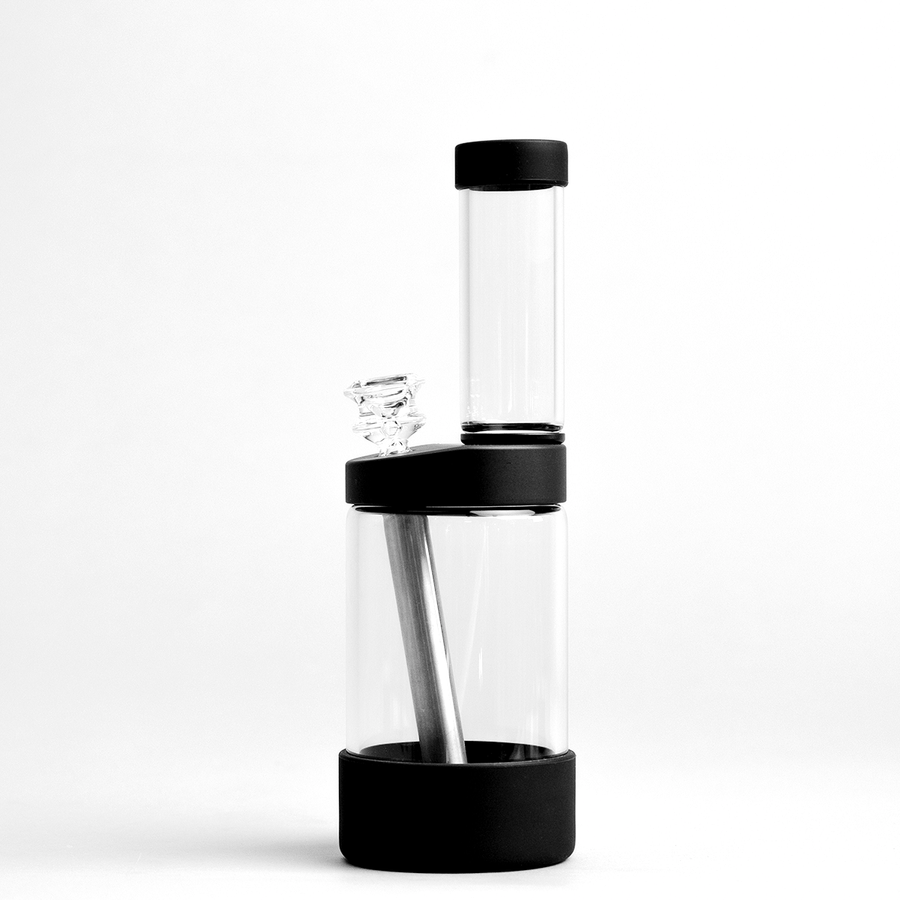


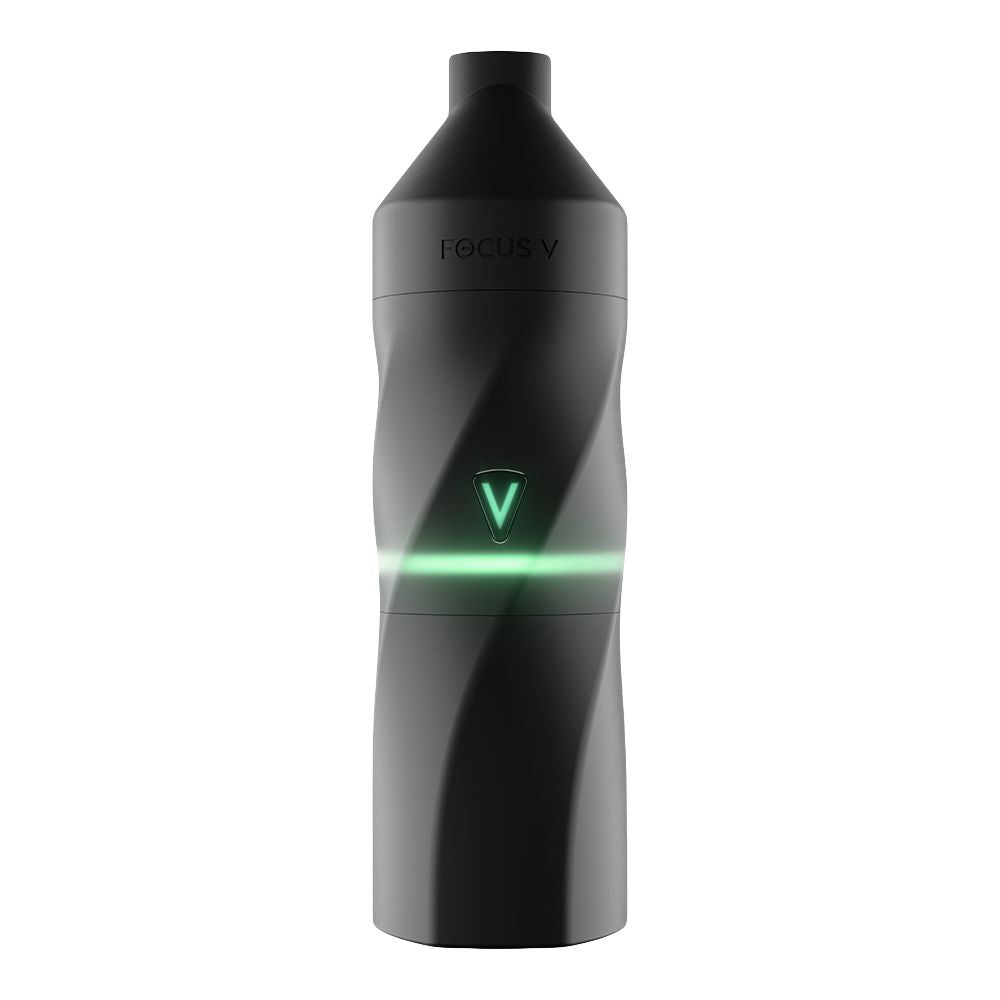
![Vessel Helix Pipe [Copper] - Headshop.com](http://www.headshop.com/cdn/shop/files/ad3c0443-b76d-4fe5-84b8-a617dd50a950.jpg?v=1747419387&width=900)
![Vessel Helix Pipe [Copper] - Headshop.com](http://www.headshop.com/cdn/shop/files/7b0e06e3-9106-4684-80e4-408362c34085.jpg?v=1747419388&width=1000)
![Vessel Wood Vape Pen Battery [White/Beechwood] + - Headshop.com](http://www.headshop.com/cdn/shop/files/4ecd5d0f-363a-454e-a7a0-229fb93bf456.jpg?v=1725470645&width=900)
![Vessel Wood Vape Pen Battery [White/Beechwood] + - Headshop.com](http://www.headshop.com/cdn/shop/files/d232e493-09e6-4574-b44c-3e2bde9425b4.jpg?v=1725470647&width=1000)


![Vessel Compass Apex Charger [Black] - Headshop.com](http://www.headshop.com/cdn/shop/files/f10e6bf4-6ce7-4a59-a50e-a4184f069754.jpg?v=1729115238&width=900)
![Vessel Compass Apex Charger [Black] - Headshop.com](http://www.headshop.com/cdn/shop/files/dce98c70-346c-405f-aca8-d59c7feed96d.jpg?v=1729115240&width=1000)
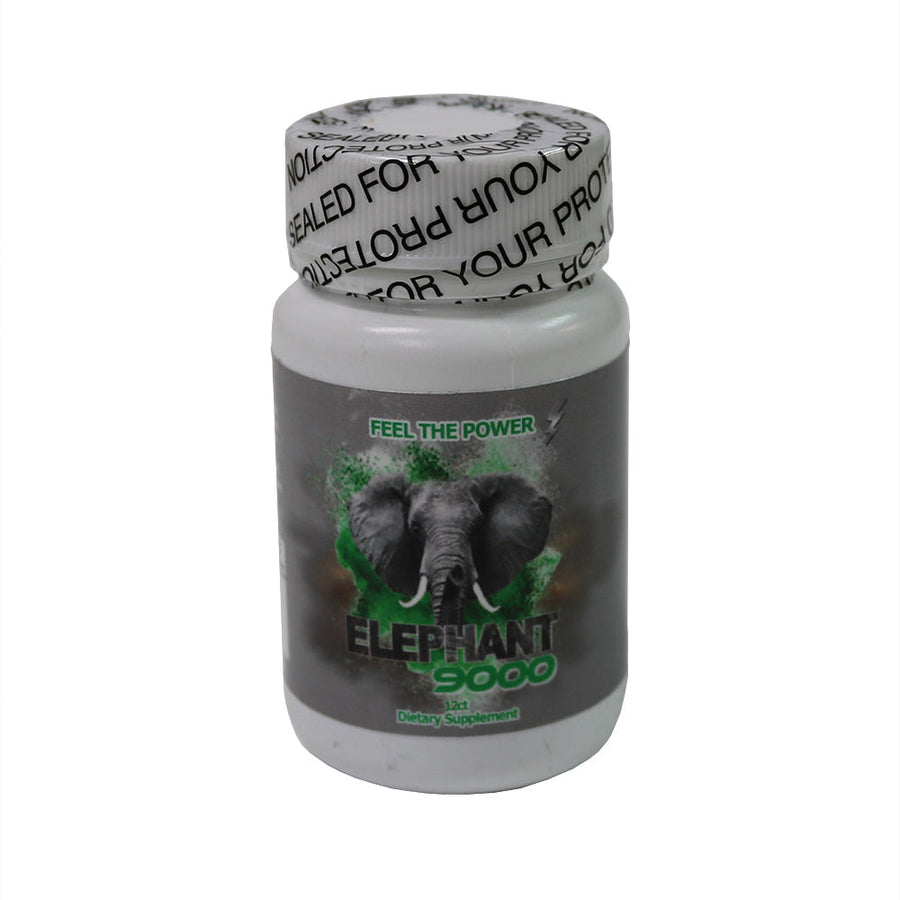





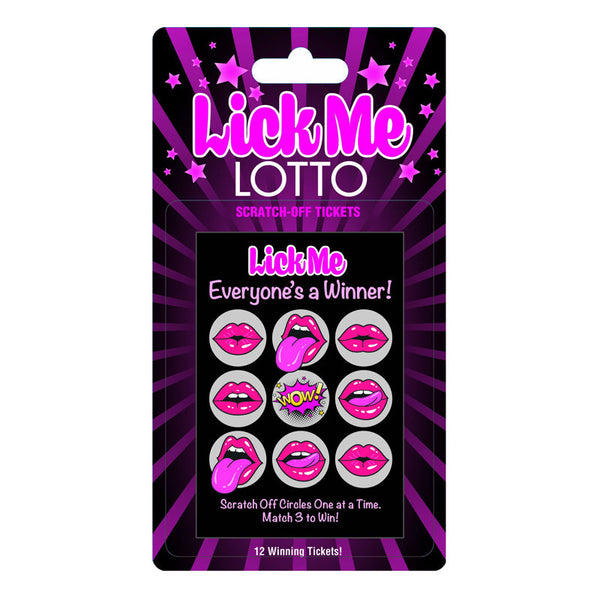
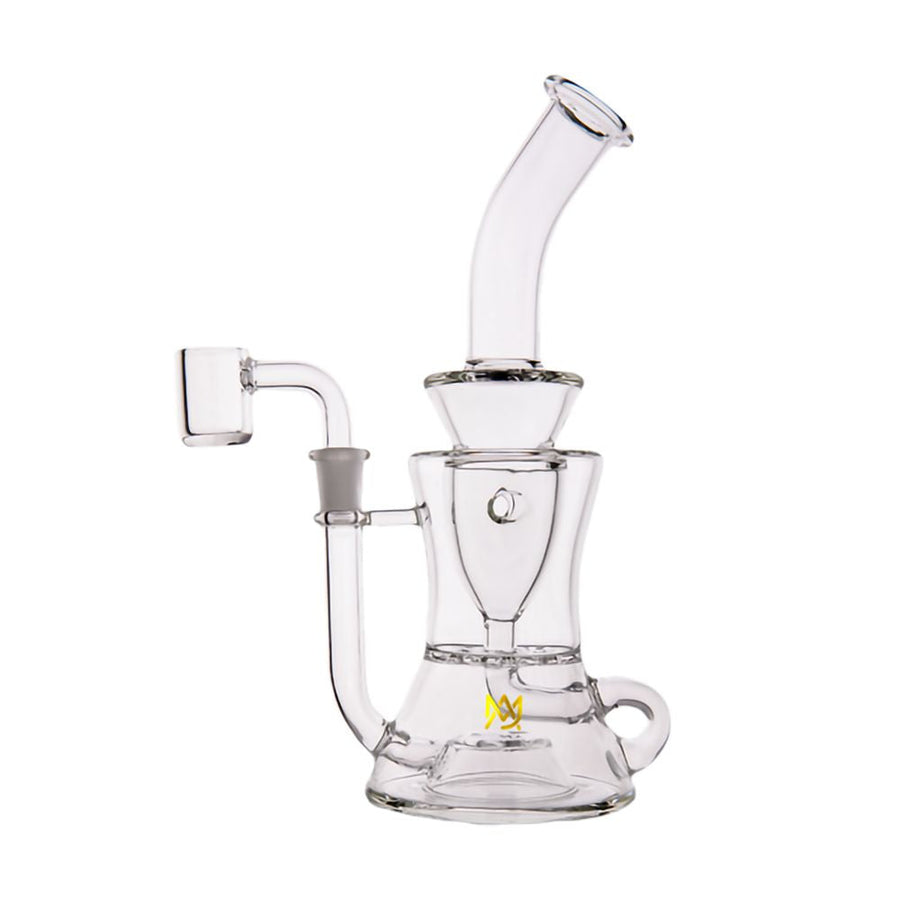














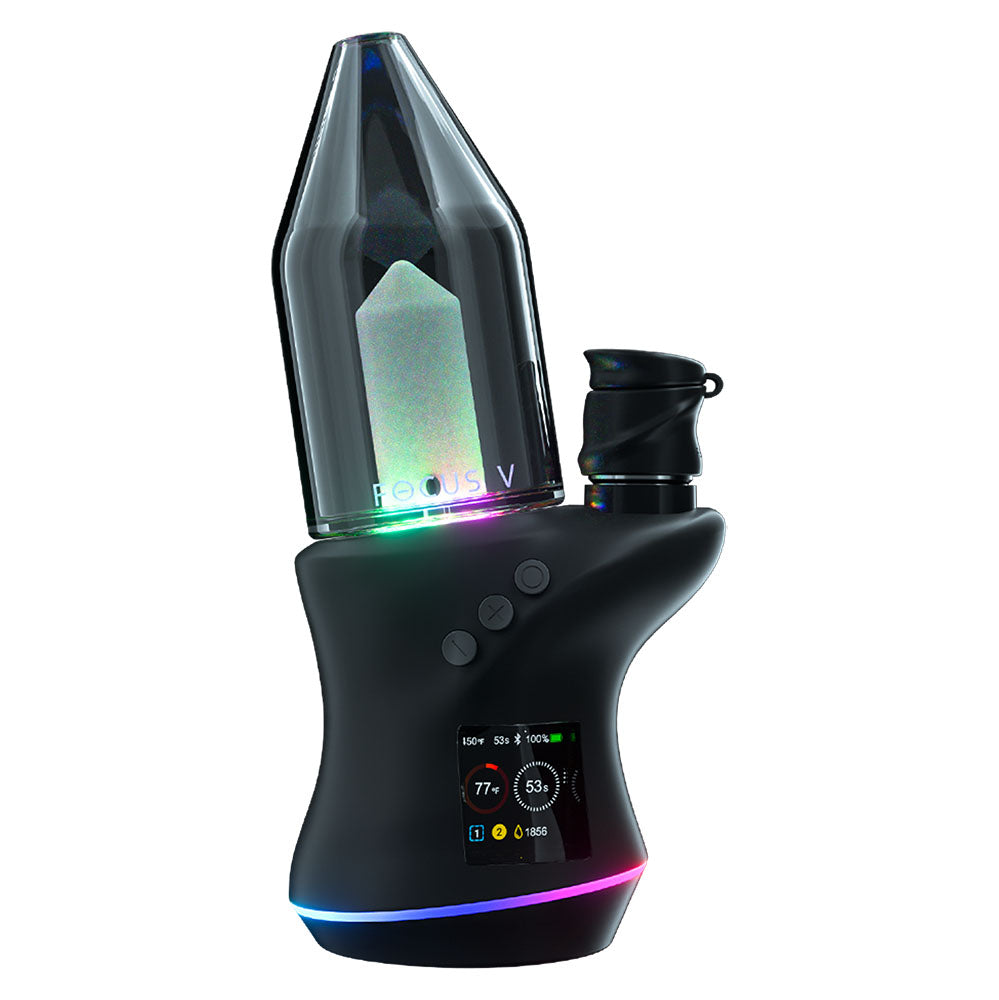






![Alien Ape Nectar Collector Kit [10mm] - Headshop.com](http://www.headshop.com/cdn/shop/files/1f6da816-a077-4000-8117-828a7c00a7f2.jpg?v=1698950052&width=900)
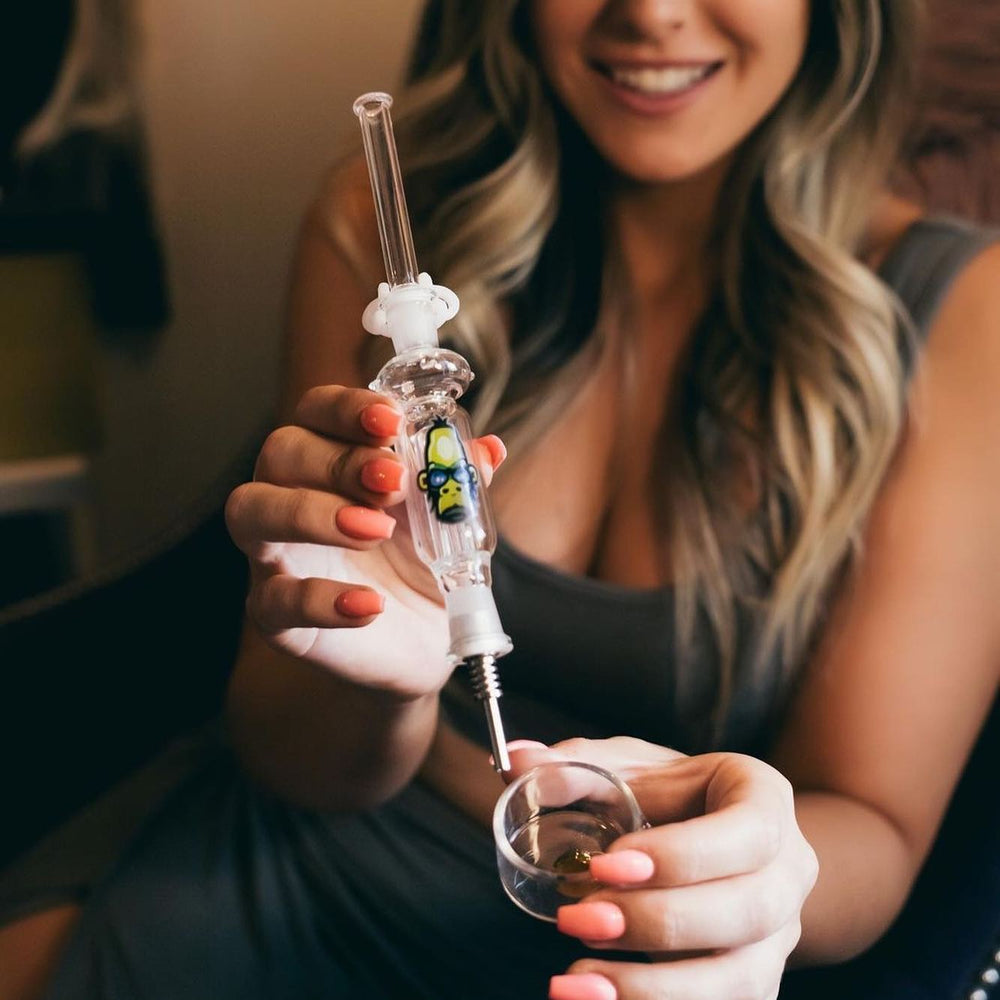

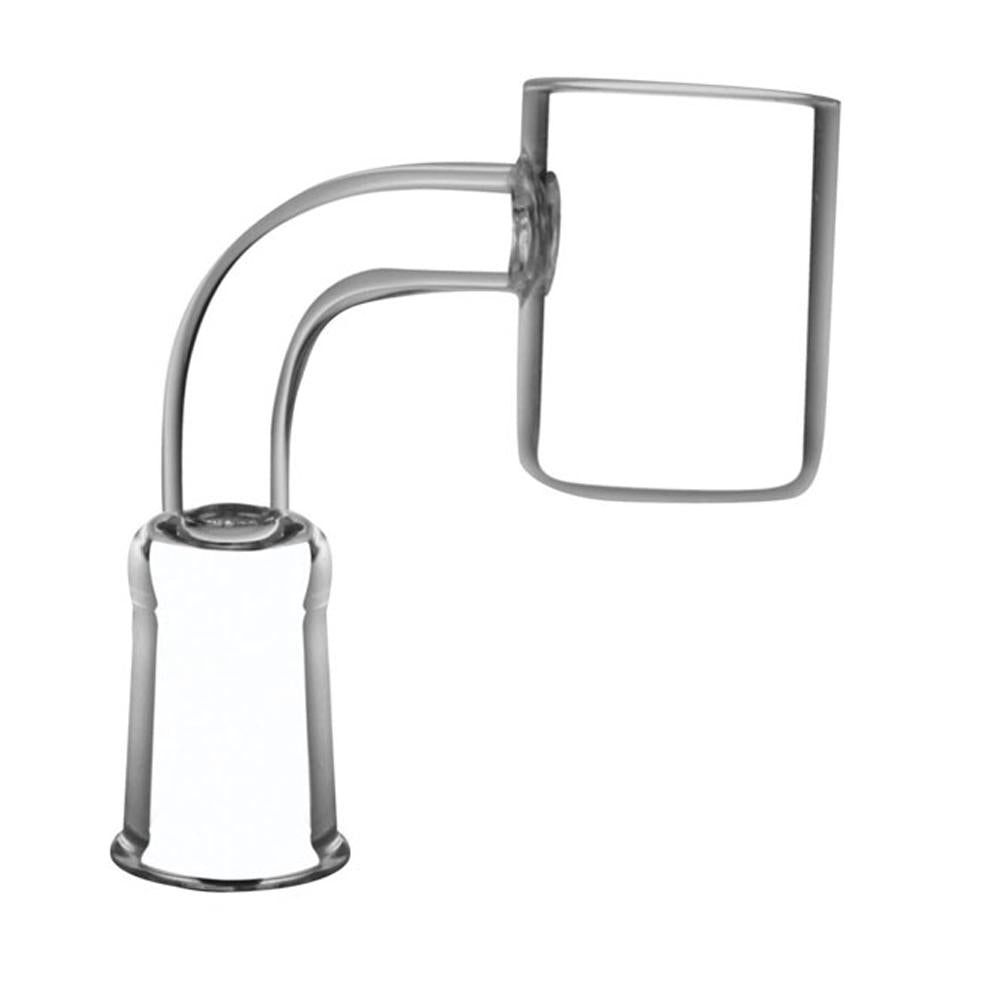











![Pipe by Vessel [Gunmetal]](https://cdn.shopify.com/s/files/1/0585/8462/9443/files/Pipe_Gunmetal_Angle_500x500.jpg?v=1744306453)


